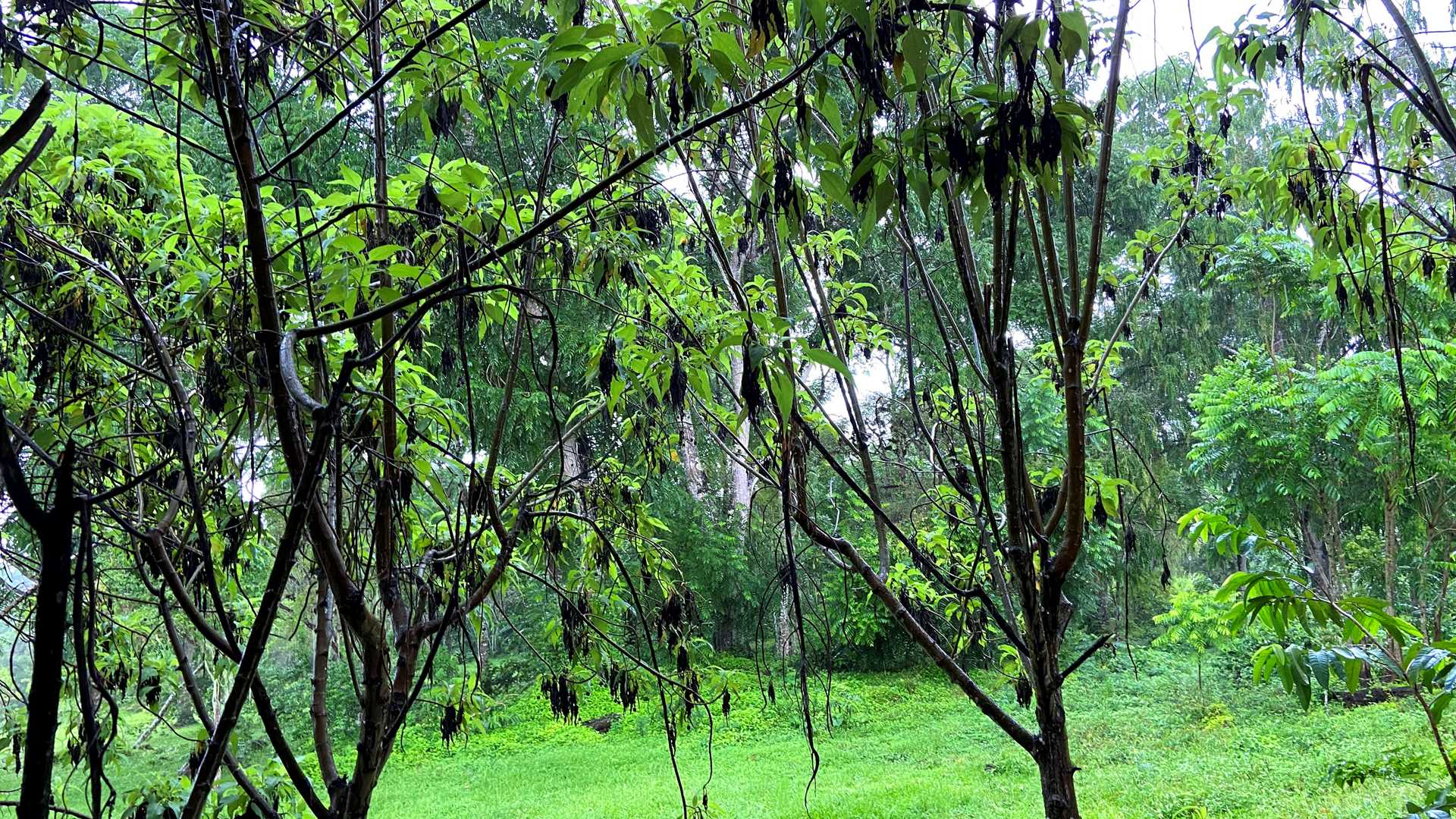We are getting closer to the end of an awesome and unforgettable week in the Enchanted Islands of the Galapagos. We anchored early in the morning at “La Tranca,” a stop for many liveaboard yachts and boats near the Itabaca Channel. After a ten-minute Zodiac ride, we boarded a bus for Manzanillo Ranch, a productive and privately owned farm. As we traveled south, we had the chance to appreciate drastic changes in vegetation. We moved from a coastal, arid zone to a more humid, mist-covered one dominated by Scalesia trees, which are endemic to the Galápagos. Santa Cruz is the only island with six delineated vegetative zones. We noticed the contrast of natural and agricultural land. Finally, we came across the famous giant tortoises! We observed a wide-range of ages, and we were amazed by the tortoises’ appearance. We learned about their lifestyle, their natural history on the islands, their ecological importance, and their interactions with humans. We enjoyed a presentation on the human history of the Galápagos Islands by Omar. Back onboard National Geographic Endeavour II, we headed to Bowditch Bay for some time on the beach.
6/13/2025
Read
National Geographic Endeavour II
Genovesa Island
We started the day with excitement as we landed on the beautiful, pristine coast of Isla Genovesa - a true birder’s dream. Along the sandy beaches and steep cliffs of Darwin Bay, we were surrounded by an incredible array of birdlife. Frigatebirds soared closely overhead with their red pouches on full display, while Nazca and blue-footed boobies nested along the rocky ledges. Swallow-tailed gulls called out as we walked past. In the distance, we saw the stoic and elusive short-eared owl. The island was alive with color, sound, and constant movement. Between our excursions to Isla Genovesa, we snorkeled near Prince Philip’s Steps and discovered a vibrant world beneath the waves. Schools of fish swirled around us, a fur seal turned in the water as if dancing on cue, and sea lions relaxed nearby. As our last snorkeling adventure came to a close, we spotted a sea turtle resting calmly in a crevice. As the sun retreated into the sky on our last return to National Geographic Endeavor II, we reflected on the sheer magnitude of what we witnessed on our last full day. Isla Genovesa, like the other islands, gave us a connection to a sacred world. The harmony between land, sea, and sky reminded us how deeply interconnected, vital, and fragile these ecosystems are. Watching birds tend to their nests and marine life swim effortlessly, we were struck by how little space there is between wonder and reverence. We recognized that our journey wasn’t just about observing unique wildlife, it was about feeling part of something grander and beautifully ancient.







